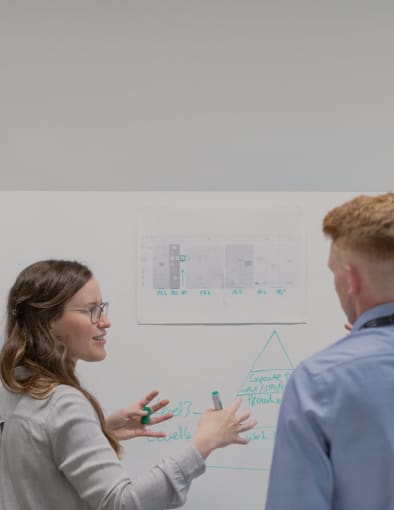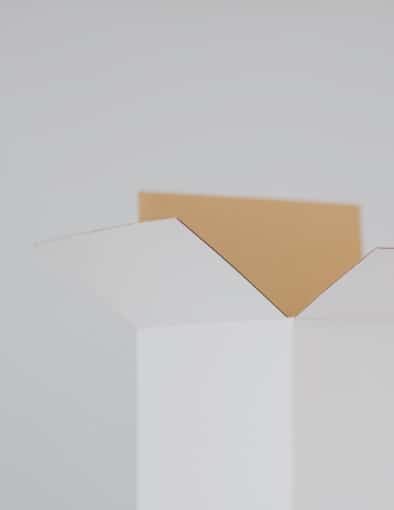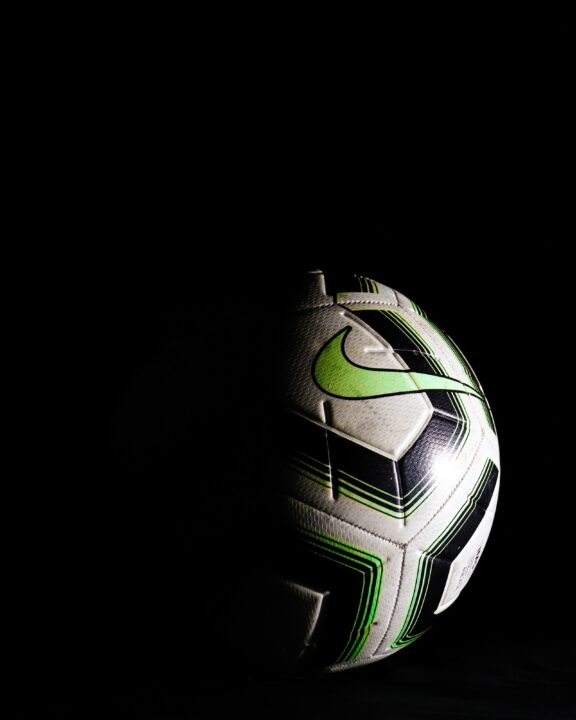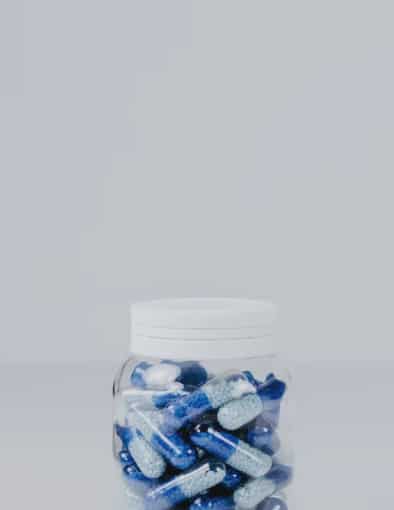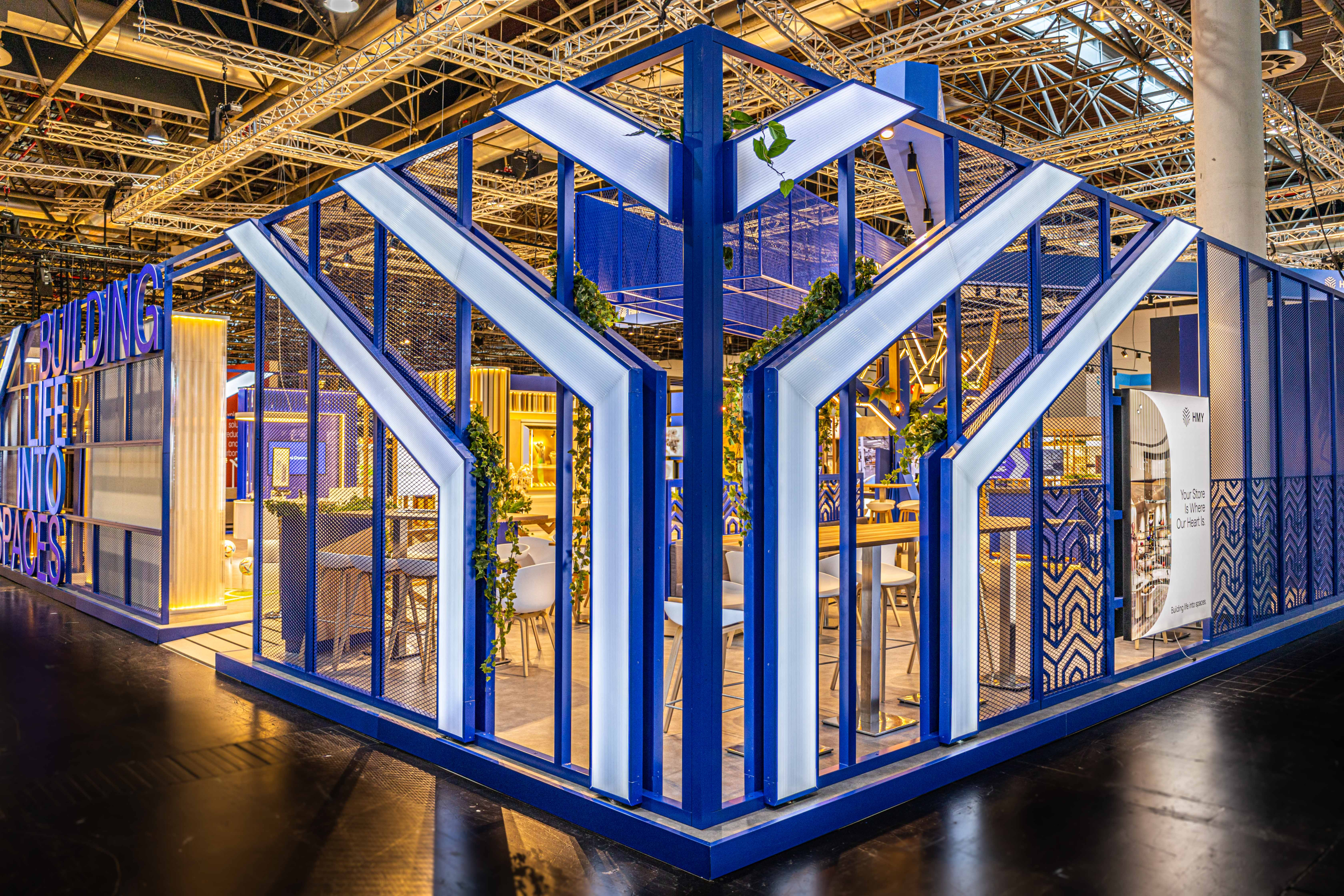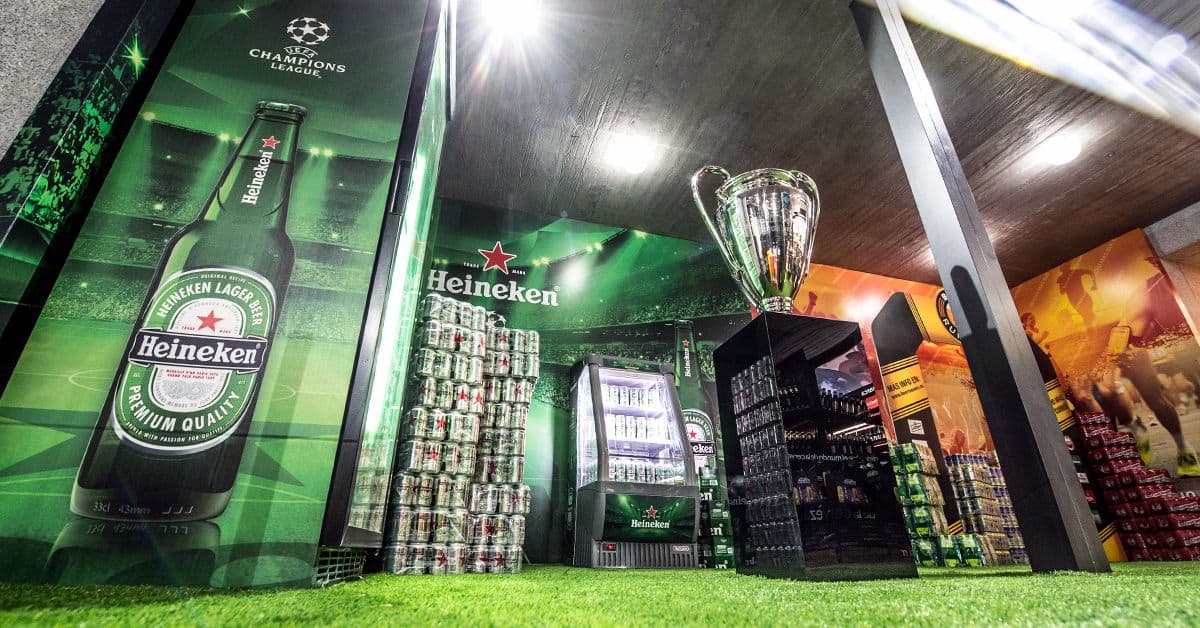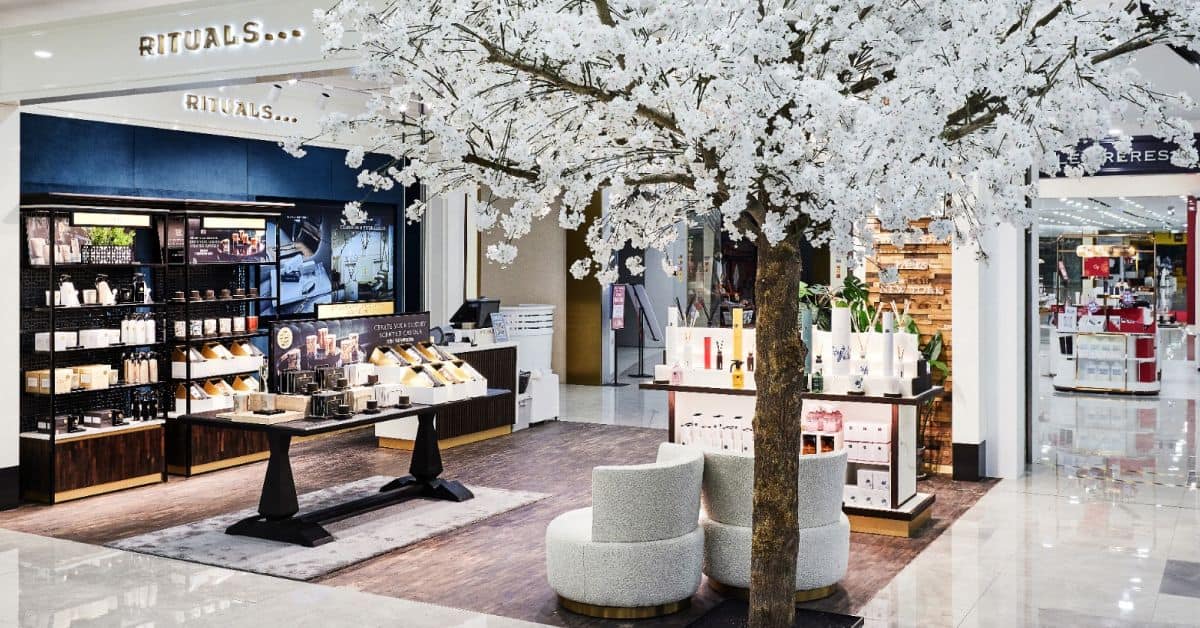6 insights for lighting in fashion retail to improve the shopper experience
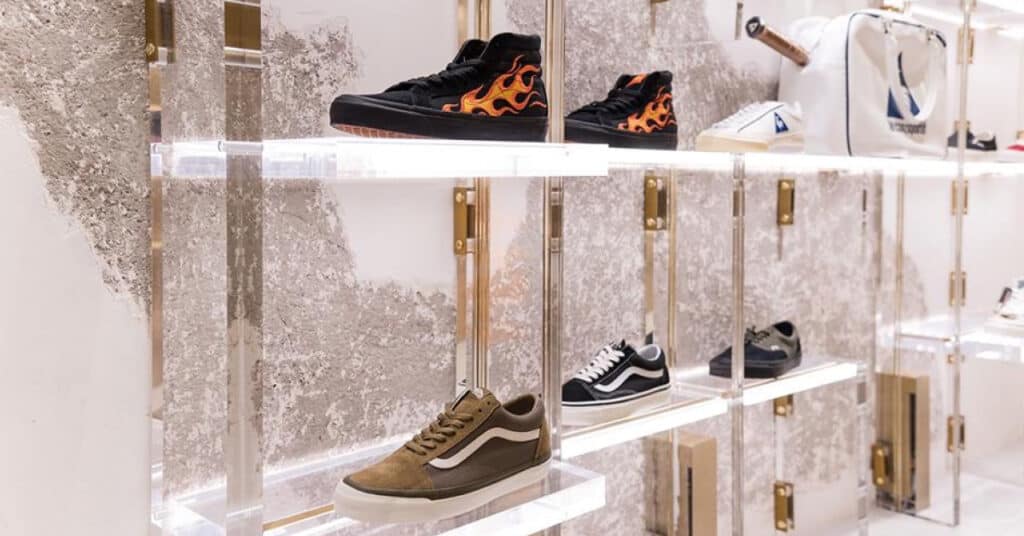
- Can lighting be a key factor in the brand experience in Retail?
- A brand’s point-of-sale lighting can reinforce its identity when it is well designed.
- With these 6 insights, we will be improving the brand experience and sales.
Most retailers functionally deal with lighting, especially in the fashion sector, where the entire product is usually treated in the same way:
- The tent should be evenly lit to avoid shadows and contrasts.
- The product must be highlighted.
- Use furniture that supports some integrated LED lighting.
But does this conception of shop lighting allow us to exploit the true potential of light?
Or on the contrary, what would happen if we went beyond the conventional and considered the way we illuminate our points-of-sale as another element of our brand image? Could we use light as a differentiating element that has a greater impact on the consumer experience and sales?
The answer is undoubtedly yes.
The state of the art in lighting is far more advanced than we might think if we look at the fashion shops that populate our cities, and more and more brands and retailers are exploiting this untapped niche.
From the dim, hyper-contrasted lighting of Abercrombie & Fich or Hollister shops to the visual display of the “freakiest” shops in London’s Candem Town. It has been proven that those who include light as a key point in the brand experience of their shops are at a higher level in terms of retail.
So here are 6 insights for integrating light as a key point of the shopper experience in our brand’s shops.
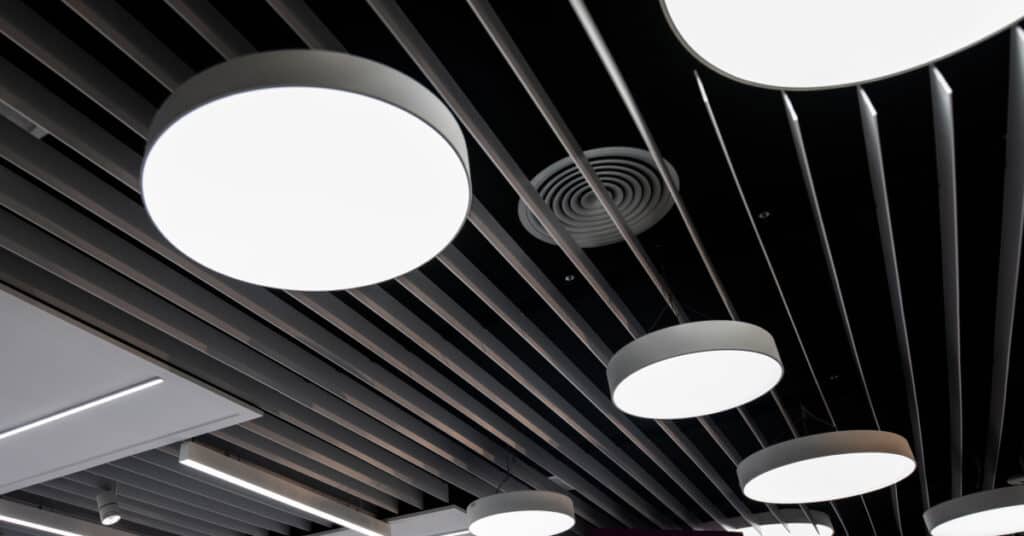
1.Combine multiple types of lighting throughout the shop
Many fashion retailers make great visual displays in their shop windows -Inditex or El Corte Inglés, among others, do not usually leave anyone indifferent- and make use of light bars, LED strips, light racks with integrated lighting, light blocks or lightboxes. However, once you go inside the shop, there are usually only two types of light: ambient and accent lighting.
Why not apply the same concept to the whole shop? These are just three of many possible ideas:
- Creating different atmospheres by using light from a lightbox.
- Highlight furniture with perimeter LED lighting or internal milling.
- Use constructions or light blocks to highlight areas with premium collections, collaborations or new seasons.
2.Work on lighting as part of the experience
If the consumer experience is something that is defined by the concept, so must lighting, as another tool to deploy that experience.
Light is not only an indispensable element for highlighting and magnifying shop visuals. As we will see in the following tips, it also has a great impact on consumer mood.
To realise its full potential, the Design teams defining the brand concept in the shops must have technical knowledge of the possibilities offered by light and the different types of lighting that can be integrated.
3.Conduct a professional lighting study
It is one thing to know the visual result we want to achieve and quite another to make it happen.
From choosing the best luminaires -or LED spotlights- for each visual effect, to their position, direction and intensity. All these aspects are controlled by an expert lighting technician (who will work hand-in-hand with the design team). Aspects that, without their help, can be very difficult to get right.

4.Quality vs quantity
When we follow the maxim that “everything should be well lit” it is easy to fall into the error of being guided by the quantity rather than the quality of light, and the spotlights that provide it.
On the one hand, working with lighting in this way can cost us several things (energy, installation, maintenance, etc.). On the other hand, what at first glance may seem correctly lit, the changes in colour that each new fashion brings can result in an exhibition of garments and looks that are overexposed or too dark.
Therefore, it is not a question of installing a large number of spotlights, but rather spotlights with the right characteristics that, together with a good lighting study, will always achieve the best visual result (and at the same time, we will not inflate the electricity bill).
5.Master the HCL concept
HCL is the acronym for Human Centric Lighting, a way of understanding lighting in terms of the effect it has on consumers (moods, metabolic response, general well-being, etc.).
A type of lighting that not only takes into account how the product is presented but also how comfortable the consumer feels in the space in question.
The implications of this way of conceiving light radically change consumers’ experience in our shops, the time they want to spend in them and how they feel while trying on clothes.
6.Opting for innovative trends
Lastly, what better industry than fashion to be daring? If fashion shops are not transgressive, what other sector is going to be?
Light, through all the shapes and colours it can adopt, is one of the best ways to attract consumers’ attention. Especially in a digital age in which images (static and video) are the main attraction for consumers who spend as much time on Instagram and TikTok as they do in shops.
If you want to give a boost to the point-of-sale of your fashion business, contact us. Our architecture and interior design team will create an efficient and personalised space at your point of sale to offer the best customer experience.


